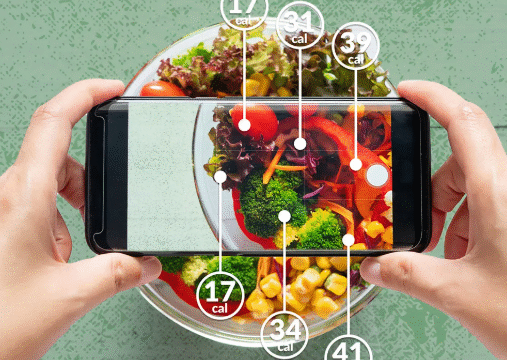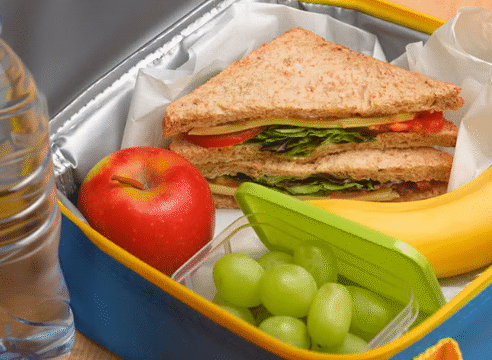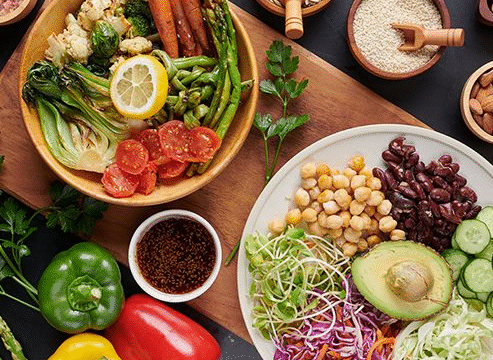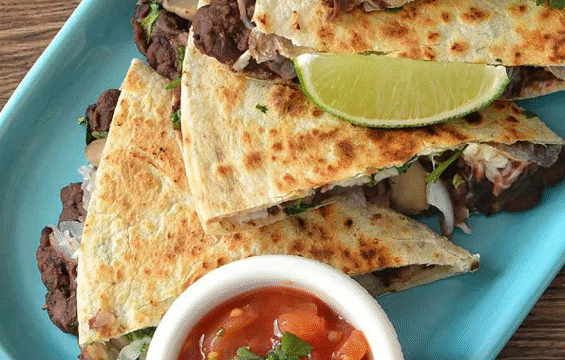When the cold season settles in, many people crave warm, hearty meals that bring comfort and satisfaction. However, traditional winter comfort foods can sometimes be heavy, high in sugar, or lead to energy crashes. Choosing low glycemic index (GI) foods during winter is a simple yet effective way to stay cozy while maintaining steady energy levels and supporting good health. Low GI foods are digested more slowly, providing a gradual release of glucose into the bloodstream, which helps you feel fuller for longer and avoid sudden spikes and dips in energy.
The beauty of winter is that it naturally offers many ingredients perfect for low GI cooking. Root vegetables, legumes, whole grains, and lean proteins can be transformed into delicious dishes that nourish the body and soothe the soul. With a bit of creativity, you can enjoy all the flavors of winter without compromising on nutrition or comfort.
One of the most satisfying low GI winter meals is a warm vegetable stew. Instead of using starchy ingredients like white potatoes, try a mix of lentils, carrots, turnips, and parsnips. These vegetables provide slow-burning carbohydrates and fiber, making the meal both filling and energizing. Lentils, in particular, have a naturally low GI and offer a good source of plant-based protein. Cook them slowly with aromatic herbs like thyme, rosemary, and bay leaves to create a comforting aroma that fills the home.
Soups are another winter favorite that can easily be adapted to low GI cooking. A bowl of pumpkin soup, for example, can be both creamy and healthy if you choose to use roasted pumpkin blended with low-fat milk or coconut milk. Adding chickpeas or red lentils can enhance the soup’s nutritional profile while keeping the glycemic response balanced. To bring warmth to the flavor, use spices such as ginger, turmeric, and black pepper, which not only taste great but also support digestion and immunity during cold weather.
Whole grains play a key role in keeping winter meals satisfying without causing sugar spikes. Instead of refined white rice or pasta, choose options like quinoa, barley, or steel-cut oats. These grains retain their natural fiber and nutrients, helping to sustain energy through long, chilly days. A simple barley and mushroom risotto, for instance, makes an excellent low GI dinner. The earthy flavor of mushrooms pairs perfectly with the nutty texture of barley, and a sprinkle of grated cheese or nutritional yeast adds a creamy touch without overloading on fats.
For breakfast, warming low GI meals are especially important because they set the tone for your day. Instead of sweet pastries or sugary cereals, try a bowl of slow-cooked oats topped with nuts and a drizzle of natural yogurt. Adding cinnamon or stewed apples enhances the flavor while keeping the glycemic load low. Oats provide a steady release of energy, keeping you satisfied until lunchtime, and they pair beautifully with winter fruits like pears, berries, or even a spoonful of baked pumpkin puree.
Comfort food does not have to mean heavy or unhealthy choices. A shepherd’s pie, for example, can be made low GI by swapping the traditional potato topping with mashed cauliflower or sweet potatoes. Sweet potatoes have a lower GI than white potatoes and add a gentle sweetness that complements savory fillings. Layer your pie with lean ground turkey, peas, and carrots for a well-balanced, heartwarming dish that is perfect for cold evenings.
Another comforting option is a slow-cooked chili made with beans, tomatoes, and lean meat or tofu. Beans are naturally low GI and full of fiber and protein, making them ideal for keeping hunger at bay. Cooking the chili slowly allows the flavors to blend beautifully, creating a rich and satisfying meal that can be served with brown rice or quinoa.
If you enjoy baking during the winter, there are many low GI twists you can add to your favorite recipes. Instead of using white flour and sugar, try baking with almond flour or oat flour and natural sweeteners like stevia or coconut sugar. A batch of low GI banana muffins or spiced oat cookies can bring that cozy baked aroma into your home without the sugar crash afterward. Enjoy them with a cup of green tea or black coffee for a gentle energy lift.
Snacks are another part of winter comfort that can be made healthier. Instead of reaching for chips or sweets, try roasted chickpeas seasoned with paprika and sea salt, or a handful of mixed nuts and seeds. These snacks provide crunch and flavor while supporting stable blood sugar levels. Pairing snacks with protein, such as a slice of cheese or a boiled egg, further enhances satiety and keeps energy steady.
Warm beverages can also play a role in a low GI winter lifestyle. Instead of sugary hot chocolate or sweetened lattes, try a mug of chai made with unsweetened almond milk and spices like cinnamon, cloves, and cardamom. Herbal teas such as rooibos or ginger tea are also wonderful choices for staying warm and hydrated without added sugar.
The key to enjoying low GI comfort foods during winter is balance. By combining high-fiber carbohydrates, lean proteins, and healthy fats, you can create meals that are both nourishing and indulgent. Winter is a time when the body naturally craves warmth and energy, and low GI eating provides just that—satisfying dishes that comfort the mind while caring for your long-term health.
When planning your winter menu, think of variety and color. Include a mix of seasonal vegetables, whole grains, legumes, and protein sources. Experiment with spices and herbs to keep flavors exciting and uplifting. Even small changes, like replacing white bread with whole grain or using sweet potatoes instead of regular ones, can make a big difference in how you feel throughout the season.
In the end, low GI winter comfort foods are about embracing the best of both worlds—nourishment and pleasure. They allow you to savor the cozy flavors of the season while maintaining balanced energy and supporting your health goals. Whether it’s a bowl of steaming vegetable soup, a baked casserole, or a wholesome breakfast porridge, every meal can be an opportunity to enjoy warmth, wellness, and comfort from the inside out.






